
Change on a single level of a workforce’s management can have effects that echo throughout the entirety of a business. As we examined last week, becoming a paperless entity can result in thousands of dollars saved. While enhancing the collection and recording of data can improve your overall processes, there remains another avenue by which you can improve your workforce: Dispatching.
If forms record customer data, dispatching is how your team gets to the customer in the first place. It is the spark that initiates the entire mobilization of your workforce. The effectiveness of your dispatch practices directly correlates to how many jobs your workforce can accomplish within a standard, eight-hour workday.
Let’s continue looking at Paul’s Pool Cleaning Company from last week:
We follow one of Paul’s employees through a standard, eight hour work day. The employee arrives at Paul’s headquarters, clocks in, and receives their orders for the entire day. At this point, they travel to their closest jobsite. The blue-shaded areas of the diagram indicate the time it takes for them to complete the job, while the white areas represent time they spend at headquarters or traveling to the next jobsite.
We can see that without dispatching, Paul’s employee completes five pool cleanings with three-and-a-half hours spent either traveling or at headquarters. If we assume each cleaning nets 100 dollars then we can also calculate how much revenue Paul’s Pool Cleaning Company is generating per employee.
$100/Pool
X 5
$500/Day
Operating under the assumption of twenty workdays a month, we can conclude that a single employee brings in $10,000 a month for Paul’s Pool Cleaning Company without dispatching. While a substantial haul, there are still three-and-a-half hours of the workday where the employee is neither completing a work order nor eating lunch.
We follow the same employee throughout his day. However, the effects of dispatching are indicated by the chart. The employee no longer has to go to headquarters to receive his work orders for the day and instead, heads directly to their first assignment where they clock in upon arrival. With travel time remaining consistent across both examples, Paul’s employee can accomplish one more job per day and clock out at the completion of that final job.
$100/Pool
X 6
$600/Day
With an additional job completed per day, this single employee is generating an additional $2,000 per month for Paul’s Pool Cleaning Company. Without changing hours of operation or adding anyone else to the payroll. Now, imagine the effect when considering multiple employees? Dispatching applied to five of Paul’s employees would result in $120,000 generated per year! Workforce management yields tangible returns; time is saved, processes are streamlined, and revenue is generated.
Sounds like all pluses, and no minuses, to me.
Join us next week as we explore “Workforce Management and the Return on Investment: Timekeeping.”
Have any questions on how Actsoft can help you?
Call (888) 732-6638 or Receive a Live Webinar
















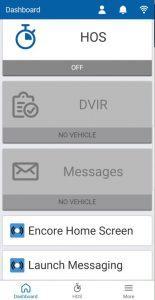
 Encore & Geotab Drive
Encore & Geotab Drive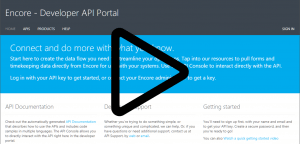
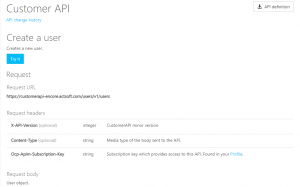
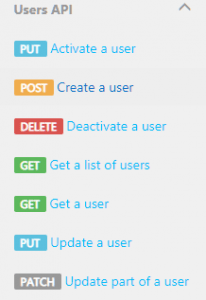
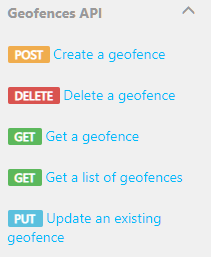

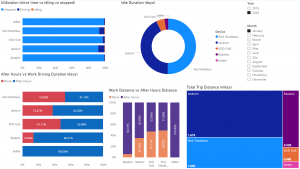
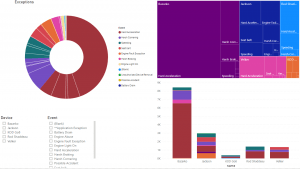
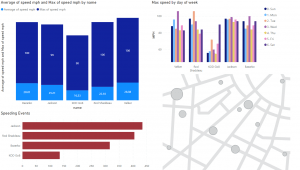
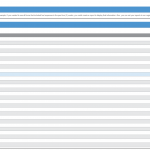
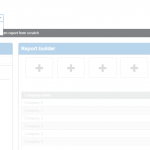
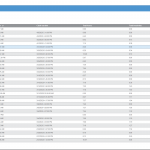
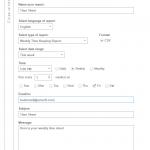






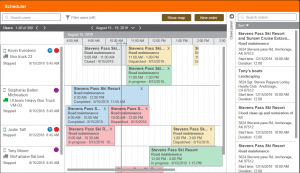
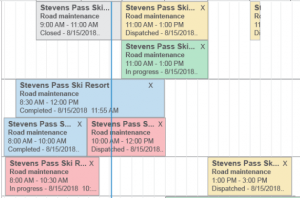
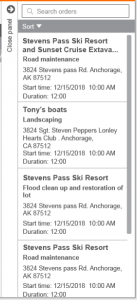
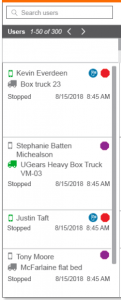
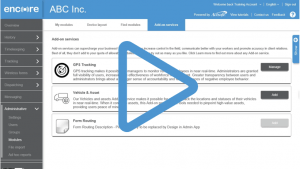
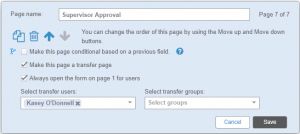
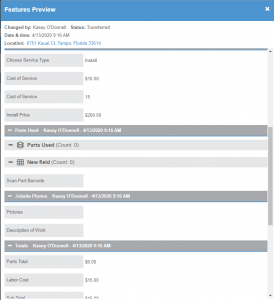
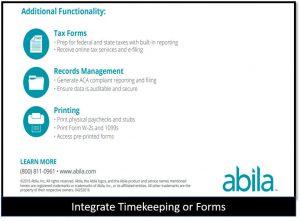
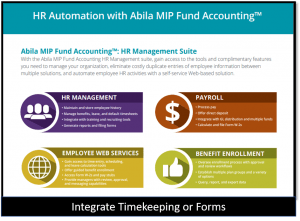

 Gain even greater insight into the daily activities of your fleet using the combination of Geotab and Actsoft. Geotab devices provide detailed data collection and seamless integration with our solutions; learn more about the ways your vehicles are being used daily with the power of this tandem.
Gain even greater insight into the daily activities of your fleet using the combination of Geotab and Actsoft. Geotab devices provide detailed data collection and seamless integration with our solutions; learn more about the ways your vehicles are being used daily with the power of this tandem.



 Actsoft partnered with Odin to provide our solutions overseas, through payment processing integrations. Odin helps us support user management for our software; customers can also purchase our products through Odin’s billing platform.
Actsoft partnered with Odin to provide our solutions overseas, through payment processing integrations. Odin helps us support user management for our software; customers can also purchase our products through Odin’s billing platform.

 VisTracks powers our Electronic Logging Device (ELD) solution, which enables transportation businesses to easily automate their hours of service logs, remain in governmental compliance, and reduce their potential to incur costly fines.
VisTracks powers our Electronic Logging Device (ELD) solution, which enables transportation businesses to easily automate their hours of service logs, remain in governmental compliance, and reduce their potential to incur costly fines. Integration between Actsoft solutions and BeWhere’s software products is available. Take your team’s asset tracking, cellular data connectivity, and field insight a step further with effective, cross-application compatibility.
Integration between Actsoft solutions and BeWhere’s software products is available. Take your team’s asset tracking, cellular data connectivity, and field insight a step further with effective, cross-application compatibility.
 CalAmp tracking devices for vehicles and assets alike are compatible with Actsoft solutions, making it easy for you to efficiently monitor your equipment and fleet cars. Help your team enhance accountability, safety, and savings through a combination of easily installed hardware and intuitive software.
CalAmp tracking devices for vehicles and assets alike are compatible with Actsoft solutions, making it easy for you to efficiently monitor your equipment and fleet cars. Help your team enhance accountability, safety, and savings through a combination of easily installed hardware and intuitive software.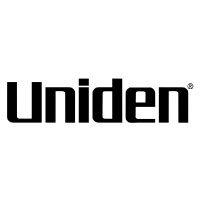 Our partnership with Uniden is ideal for companies looking to gain advanced diagnostics on their fleets. Uniden’s extensive product listing of car electronics like radios, dash cams, radar detectors, and in-vehicle communicators work in concert with Actsoft’s solutions to better connect your vehicles to the company headquarters.
Our partnership with Uniden is ideal for companies looking to gain advanced diagnostics on their fleets. Uniden’s extensive product listing of car electronics like radios, dash cams, radar detectors, and in-vehicle communicators work in concert with Actsoft’s solutions to better connect your vehicles to the company headquarters.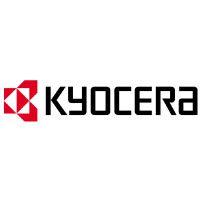 Kyocera offers a wide range of mobile devices, ranging in design from traditional phones to ultra-durable handset technology. Actsoft is able to equip organizations in a variety of different industries with solutions for improved business, while Kyocera supplies the technology they can flawlessly operate on.
Kyocera offers a wide range of mobile devices, ranging in design from traditional phones to ultra-durable handset technology. Actsoft is able to equip organizations in a variety of different industries with solutions for improved business, while Kyocera supplies the technology they can flawlessly operate on.

 Our software is the perfect complement to Apple’s user-friendly technology. Equip your workforce with the devices and solutions it needs for optimized productivity during daily operations with Apple and Actsoft.
Our software is the perfect complement to Apple’s user-friendly technology. Equip your workforce with the devices and solutions it needs for optimized productivity during daily operations with Apple and Actsoft.
 Actsoft and Sanyo teamed up to merge intuitive business management software with the technology of today. This partnership allows us to provide you with all the tools your team needs for improved workflows, better coordination, and optimized productivity.
Actsoft and Sanyo teamed up to merge intuitive business management software with the technology of today. This partnership allows us to provide you with all the tools your team needs for improved workflows, better coordination, and optimized productivity. Motorola’s mobile technology works in tandem with our solutions to provide extra versatility to your business practices. Coupled with our software’s features, Motorola’s reliable devices make connecting your workforce simpler than ever to do.
Motorola’s mobile technology works in tandem with our solutions to provide extra versatility to your business practices. Coupled with our software’s features, Motorola’s reliable devices make connecting your workforce simpler than ever to do. We’re able to bundle certain solutions of ours (including our Electronic Visit Verification options) with Samsung devices to help your team achieve as much functionality as possible, while keeping rates affordable. Use these combinations for accurate recordkeeping, improved communication, and smarter data collection in the field.
We’re able to bundle certain solutions of ours (including our Electronic Visit Verification options) with Samsung devices to help your team achieve as much functionality as possible, while keeping rates affordable. Use these combinations for accurate recordkeeping, improved communication, and smarter data collection in the field.